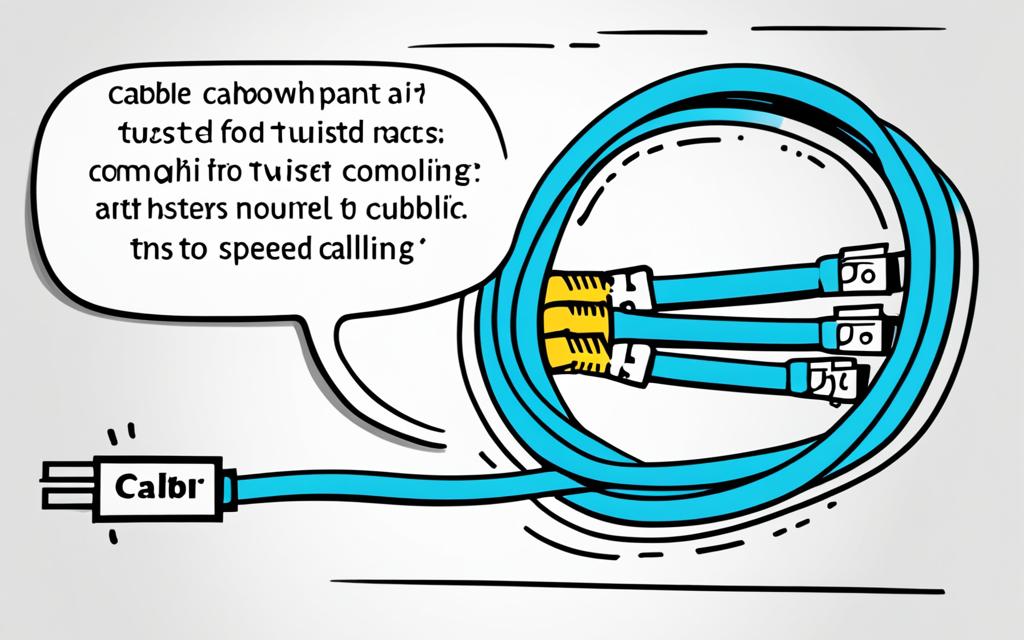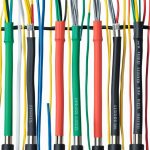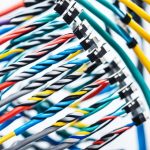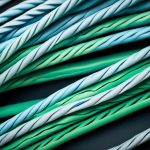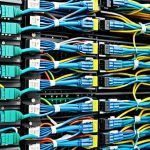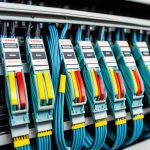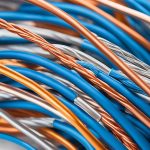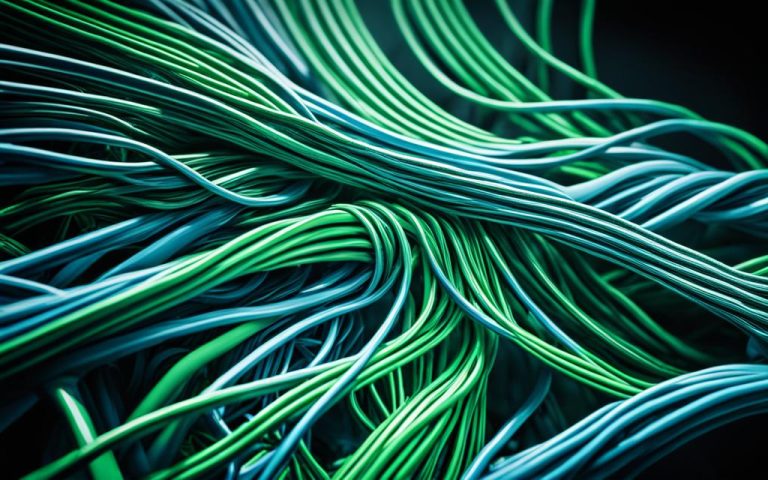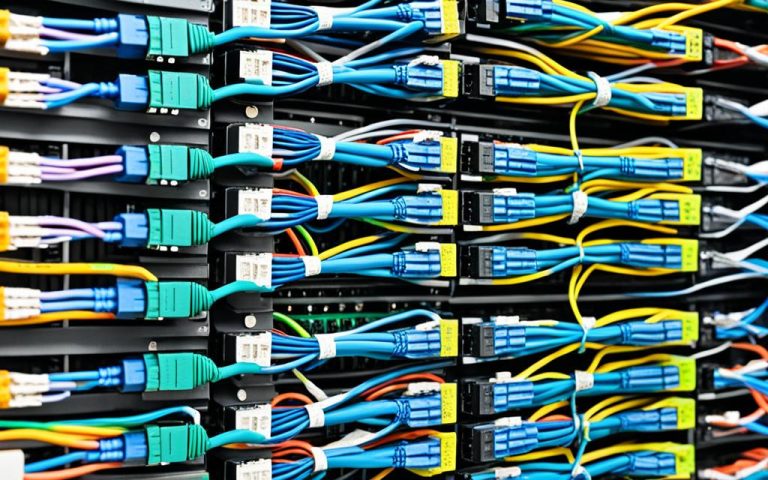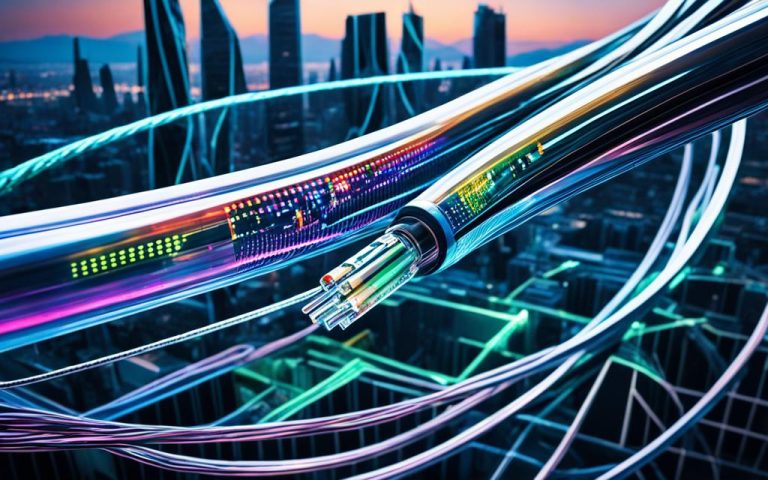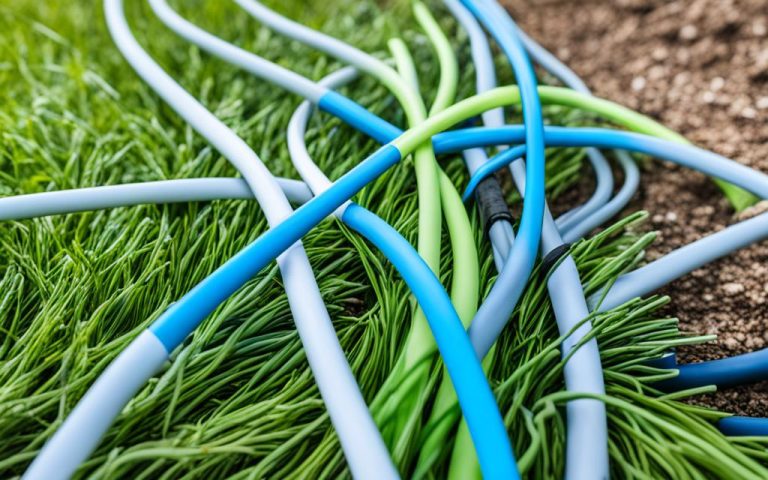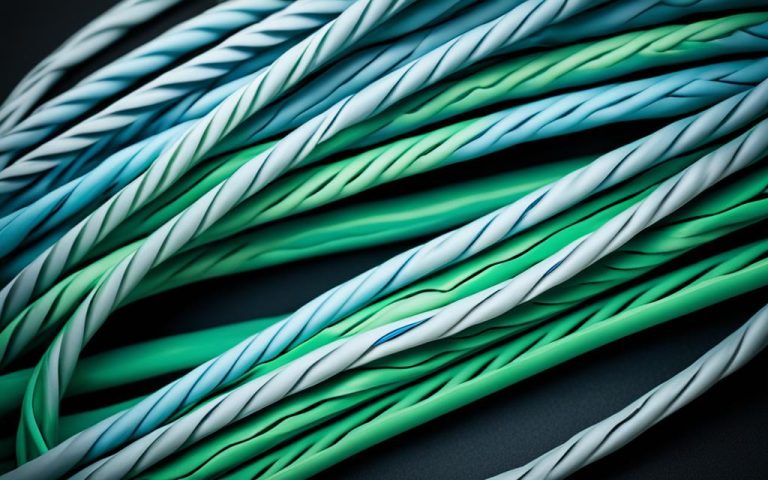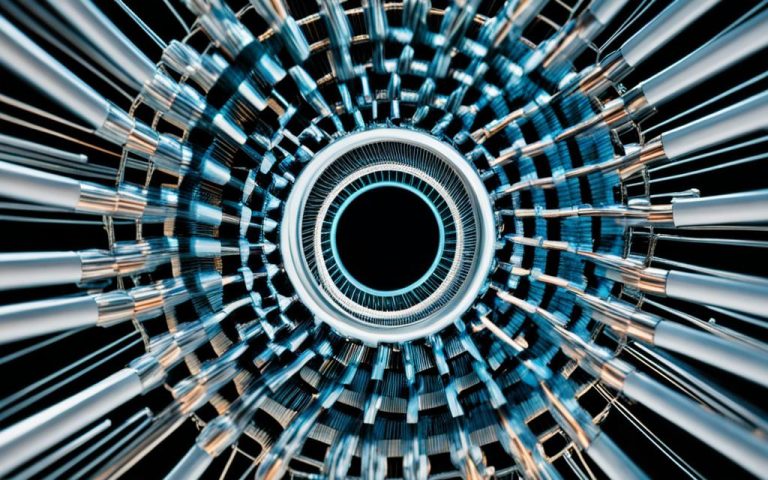Twisted pair cabling plays a crucial role in network performance and reliability. However, there are numerous myths surrounding this technology that can impact people’s perception of its capabilities. In this article, we aim to debunk these common myths and provide factual information to shed light on the true potential of twisted pair cabling.
By understanding the reality behind these myths, businesses can ensure optimal network performance and reliability. Let’s dive in and separate fact from fiction when it comes to twisted pair cabling.
The Truth About 10GBase-T Networking Products
Despite prevailing myths suggesting delayed adoption and limited availability, 10GBase-T networking products utilizing copper balanced twisted-pair media have experienced significant progress in recent years. These advancements have debunked misconceptions surrounding the technology’s viability. Economic factors and integrations of power-efficiency enhancements contributed to the perceived slower market entry. However, power consumption and cost reduction measures have made 10GBase-T more accessible, leading to increased adoption rates.
Forecasts show that over 2.7 million ports of 10GBase-T PHYS (Physical Layer transceivers) are set to ship in 2012, indicating the growing demand and potential for this innovative network equipment.
| Advantages of 10GBase-T Networking Products |
|---|
| 1. High-speed Performance |
| 2. Affordable and Cost-effective |
| 3. Wide Compatibility with Existing Infrastructure |
| 4. Simplified Installation and Maintenance |
| 5. Sustained Power-efficiency Improvements |
Benefits of Twisted Pair Cabling
Twisted pair cabling offers numerous benefits over alternative solutions, making it a popular choice for network connectivity. Let’s explore the advantages of using twisted pair cabling:
Interoperability
One of the key benefits of twisted pair cabling is its interoperability with legacy Ethernet technologies. Through the use of auto-negotiation, twisted pair cabling enables incremental upgrades in data centers. This means businesses can seamlessly integrate twisted pair cabling into their existing network infrastructure without experiencing compatibility issues.
Structured Cabling Flexibility
Twisted pair cabling is easy to deploy and offers flexibility in structured cabling topologies. This flexibility allows for additions, moves, and changes in network environments, saving businesses time and resources. Whether you need to expand your network or reorganize your cabling setup, twisted pair cabling provides the flexibility to adapt to your evolving needs.
Power over Ethernet (PoE)
Twisted pair cabling has the capability to deliver Power over Ethernet (PoE and PoE Plus), providing power to devices such as IP cameras and wireless access points. This eliminates the need for separate power sources, simplifying installation and reducing costs. With PoE, businesses can power devices efficiently and conveniently over their twisted pair cabling infrastructure.
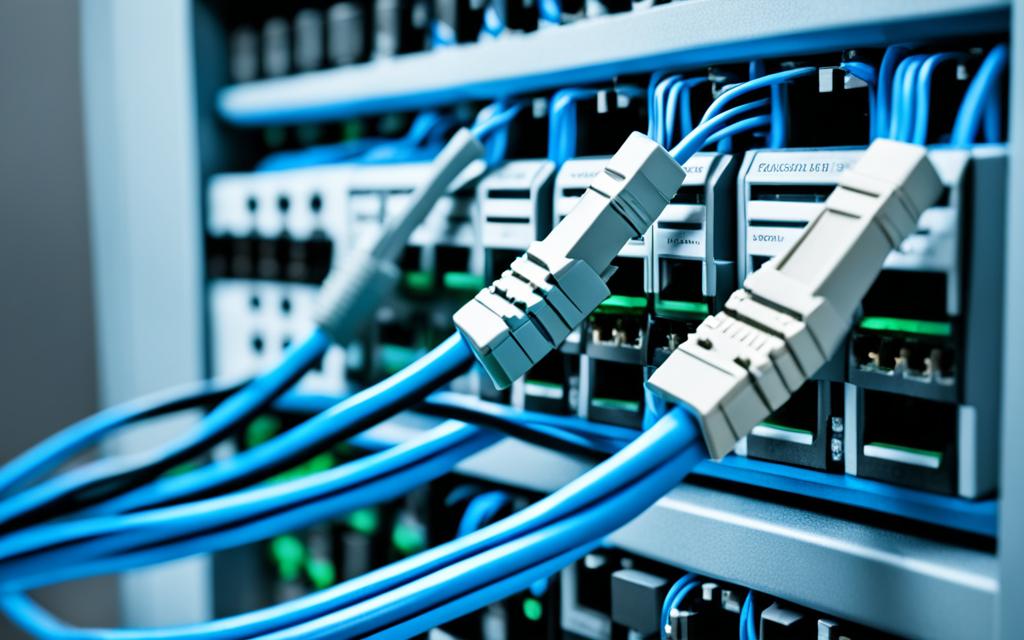
By leveraging the interoperability, structured cabling flexibility, and Power over Ethernet capabilities of twisted pair cabling, businesses can optimize their network performance and achieve greater efficiency in their operations.
Types and Categories of Twisted Pair Cables
When it comes to twisted pair cables, there are two main types to consider: unshielded twisted pair (UTP) and shielded twisted pair (STP) cables. Understanding the differences between these types and the various categories available can help businesses make informed decisions when choosing the right cables for their network infrastructure needs.
Unshielded Twisted Pair (UTP) Cables
UTP cables are widely used in LANs, telephone lines, and Ethernet connections. These cables consist of copper wires that are twisted together to reduce crosstalk and electromagnetic interference (EMI). The lack of shielding makes UTP cables more flexible and cost-effective compared to STP cables.
UTP cables are available in different categories, each offering different data rates and capabilities:
- Cat5e: This category supports data rates up to 1 Gbps and is commonly used in Ethernet network installations.
- Cat6: Cat6 cables can handle higher data rates of up to 10 Gbps over shorter distances, making them suitable for high-bandwidth applications.
- Cat6A: Cat6A cables are an enhanced version of Cat6, offering improved performance and support for 10 Gbps data rates over longer distances.
- Cat8: Cat8 cables are designed for ultra-high-speed applications, capable of supporting data rates up to 40 Gbps over short distances.
Shielded Twisted Pair (STP) Cables
STP cables, also known as screened twisted pair cables, have an additional shielding layer to reduce electromagnetic interference. This shielding provides better protection against external noise, making STP cables suitable for high-speed Gigabit Ethernet and other applications where EMI is a concern.
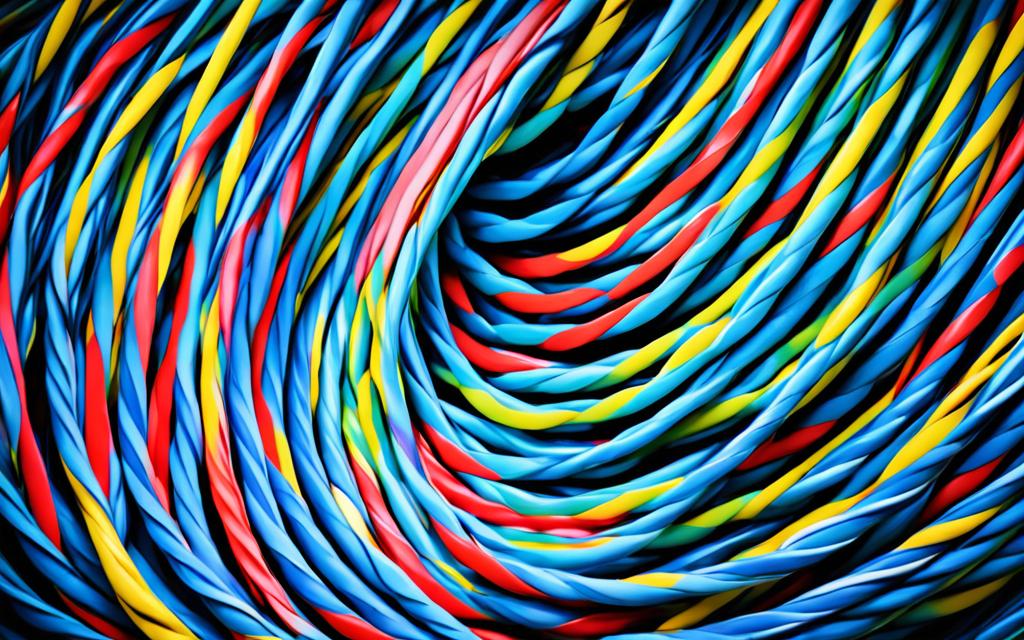
The choice between UTP and STP cables depends on various factors, including cost, interference, and transmission requirements. While UTP cables are more cost-effective and commonly used in many applications, STP cables offer better protection against EMI and are preferred in environments with higher interference levels.
| Twisted Pair Cable Type | Main Features | Common Applications |
|---|---|---|
| UTP | – Copper wires twisted together – No additional shielding – Flexible and cost-effective |
– LANs – Telephone lines – Ethernet connections |
| Cat5e | – Data rates up to 1 Gbps | – Ethernet network installations |
| Cat6 | – Data rates up to 10 Gbps over shorter distances | – High-bandwidth applications |
| Cat6A | – Data rates up to 10 Gbps over longer distances | – Enhanced performance – Longer distances |
| Cat8 | – Data rates up to 40 Gbps over short distances | – Ultra-high-speed applications |
| STP | – Copper wires twisted together with additional shielding – Better protection against electromagnetic interference |
– High-speed Gigabit Ethernet – Environments with high interference levels |
Common Misconceptions about Twisted Pair Cables
Despite their widespread use and proven effectiveness, twisted pair cables are often subject to misconceptions or misunderstandings. In this section, we will debunk some of the common myths surrounding the performance and capabilities of twisted pair cables.
Myth: UTP cables are limited in terms of speed and performance compared to STP cables
Contrary to popular belief, unshielded twisted pair (UTP) cables are not inherently inferior to shielded twisted pair (STP) cables in terms of speed and performance. Advancements in technology, particularly in the development of Category 6 (CAT6) STP cables, have enabled UTP cables to support high-speed data transmission.
“Advancements in technology have made UTP cables capable of supporting high-speed data transmission, such as CAT6 STP cables.”
CAT6 STP cables, which are a type of UTP cable, offer enhanced performance and reduced crosstalk compared to lower category cables. These cables employ improved designs and materials to ensure optimal signal integrity, making them suitable for demanding applications such as data centers and high-bandwidth networks.
Myth: Twisted pair cables offer lower bandwidth and protection compared to coaxial cables
Another misconception is that twisted pair cables, such as LAN UTP cables, provide lower bandwidth and less protection compared to coaxial cables. While it is true that twisted pair cables may have lower bandwidth compared to coaxial cables, they offer several advantages that make them a preferred choice in many applications.
Twisted pair cables, including LAN UTP cables, are more cost-effective and easier to install compared to coaxial cables. They are also compatible with existing network infrastructure and can support high transmission rates over LANs and Ethernets.
Furthermore, advancements in twisted pair cable technologies have enabled the development of Power over Ethernet (PoE) capabilities, allowing for the transmission of power alongside data. This feature is particularly beneficial for devices such as IP cameras and wireless access points, simplifying installation and reducing the need for separate power cables.
To summarize, while twisted pair cables may have lower bandwidth compared to coaxial cables, they offer cost-effectiveness, ease of installation, and the ability to support high transmission rates over LANs and Ethernets.
Debunking these misconceptions is crucial for understanding the true capabilities of twisted pair cables and making informed decisions when it comes to network connectivity. In the next section, we will explore the considerations for deploying 10 Gigabit Ethernet.
Considerations for Deploying 10 Gigabit Ethernet
When considering the deployment of 10 Gigabit Ethernet, several key factors need to be taken into account to ensure optimal performance and cost-effectiveness. This section will explore important considerations such as cost, cabling options, switch compatibility, and network scalability.
Cost
The cost of deploying 10 Gigabit Ethernet is a significant consideration for businesses. While the price per port of 10 GbE is higher than that of Gigabit Ethernet, pricing has become more competitive over time, narrowing the gap. It is important to evaluate the overall cost in relation to the performance benefits and future-proofing that 10 GbE offers.
Cabling Options
There are various cabling options available for 10 Gigabit Ethernet, each with its own advantages and considerations. These options include:
- Optical cables: These cables provide high-speed and long-distance connectivity, making them suitable for larger network infrastructures. However, they tend to be more expensive than other cabling options.
- Twinax copper cables: These cables offer a cost-effective solution for shorter distance connections, typically within a rack or between adjacent racks. They provide high-performance transmission and are compatible with many network devices.
- Twisted pair cabling with RJ45 connectors: Twisted pair cabling, such as Cat6 or Cat6A, is a popular choice for 10 Gigabit Ethernet due to its cost-effectiveness and compatibility with existing infrastructure. It provides reliable performance while maintaining affordability.
Switch Compatibility
Before deploying 10 Gigabit Ethernet, it is crucial to ensure switch compatibility. Many existing modular switches and fixed configuration switches can support 10 GbE without requiring complete replacements. However, it is necessary to verify switch specifications and compatibility with 10 GbE to ensure seamless integration into the network infrastructure.
Network Scalability
Scalability is another important consideration when deploying 10 Gigabit Ethernet. To accommodate future growth and network expansion, it is essential to plan for scalability in terms of bandwidth, ports, and network management capabilities. This enables businesses to scale their networks as their needs evolve without disruptions or significant infrastructure investments.
In conclusion, careful consideration of cost, cabling options, switch compatibility, and network scalability is crucial when deploying 10 Gigabit Ethernet. By evaluating these factors and making informed decisions, businesses can ensure a successful and cost-effective transition to higher-speed network connectivity.
| Cabling Option | Advantages | Considerations |
|---|---|---|
| Optical cables | High-speed and long-distance connectivity | Higher cost compared to other options |
| Twinax copper cables | Cost-effective solution for shorter distance connections | Suitable for use within racks or adjacent racks |
| Twisted pair cabling with RJ45 connectors | Cost-effective and compatible with existing infrastructure | Provides reliable performance |
Conclusion
Throughout this article, we have debunked common myths surrounding twisted pair cabling, providing factual information that highlights its true capabilities. By understanding the benefits of twisted pair cabling and dispelling misconceptions, businesses can ensure optimal network performance and reliability.
Despite misconceptions, advancements in technology have made twisted pair cabling a reliable and cost-effective option for network connectivity. The availability of 10GBase-T solutions has further expanded its potential, offering businesses the opportunity to leverage high-speed data transmission with copper balanced twisted-pair media.
When deploying 10 Gigabit Ethernet, it is crucial to consider factors such as compatibility, scalability, and cabling options. By making informed decisions, businesses can maximize the potential of their network infrastructure and ensure seamless connectivity.
Don’t let myths and misconceptions deter you from harnessing the power of twisted pair cabling. With its proven track record of network performance and reliability, twisted pair cabling remains a trusted choice for businesses seeking efficient and cost-effective network solutions.
FAQ
Are UTP cables limited in terms of speed and performance compared to STP cables?
No, advancements in technology have made UTP cables capable of supporting high-speed data transmission, such as CAT6 STP cables.
Do twisted pair cables offer lower bandwidth and protection compared to coaxial cables?
While twisted pair cables may have lower bandwidth, they are more cost-effective, easier to install, and can support high transmission rates over LANs and Ethernets.
What factors should be considered when deploying 10 Gigabit Ethernet?
Factors to consider include cost, cabling options (such as twisted pair cabling with RJ45 connectors), switch compatibility, and network scalability.
What are the main types of twisted pair cables?
The main types of twisted pair cables are unshielded twisted pair (UTP) and shielded twisted pair (STP).
What are the benefits of twisted pair cabling?
Twisted pair cabling offers benefits such as interoperability with legacy Ethernet technologies, easy deployment and flexibility in structured cabling, and the ability to deliver Power over Ethernet (PoE and PoE Plus).

